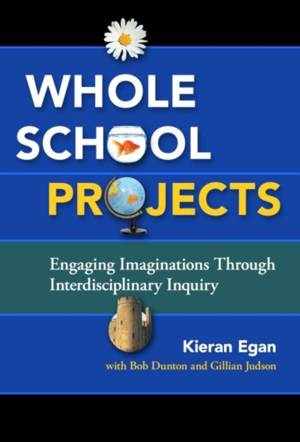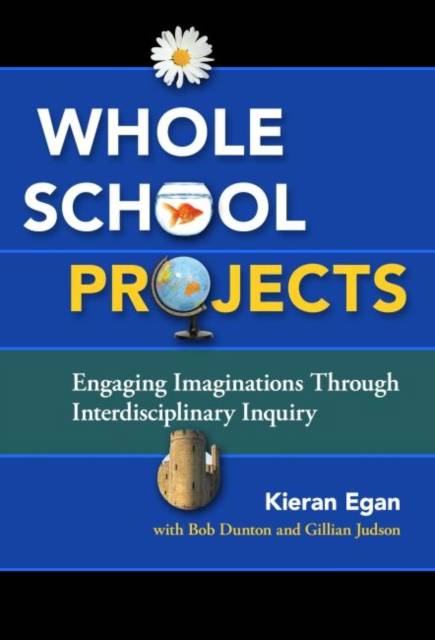
- Retrait gratuit dans votre magasin Club
- 7.000.000 titres dans notre catalogue
- Payer en toute sécurité
- Toujours un magasin près de chez vous
- Retrait gratuit dans votre magasin Club
- 7.000.0000 titres dans notre catalogue
- Payer en toute sécurité
- Toujours un magasin près de chez vous
Whole School Projects
Engaging Imaginations Through Interdisciplinary Inquiry
Kieran EganDescription
In this new and practical contribution to the importance of imagination in learning, Kieran Egan and his colleagues demonstrate how individual contributions to a coherent large-scale project can produce enormous results of great educational value. Helping all participants to feel pride for more than just their own individual work, such Whole School Projects (WSPs) encourage appreciation for the abilities of others and enable everyone involved to recognize that all kinds of learning styles, intelligences, and ability levels play an important part in constructing the whole. Most important, WSPs invigorate student engagement and build community within a school.
The authors describe a program for engaging a whole school in a particular project over a 3-year period and outline the educational principles and benefits. Providing examples of schools successfully using WSPs, they examine the detailed practices needed to get such a project up and running in a typical school. While the Whole School Project is distinct from the regular curriculum, it can help achieve many of the year's curriculum objectives in mathematics, literacy, science and technology, social studies, art, and history. Finally, teachers can choose to incorporate their curriculum aims into the project study, even when those aims include meeting externally mandated achievement standards.
Spécifications
Parties prenantes
- Auteur(s) :
- Editeur:
Contenu
- Nombre de pages :
- 192
- Langue:
- Anglais
Caractéristiques
- EAN:
- 9780807755846
- Date de parution :
- 18-08-14
- Format:
- Livre relié
- Format numérique:
- Genaaid
- Dimensions :
- 160 mm x 229 mm
- Poids :
- 408 g

Les avis
Nous publions uniquement les avis qui respectent les conditions requises. Consultez nos conditions pour les avis.






